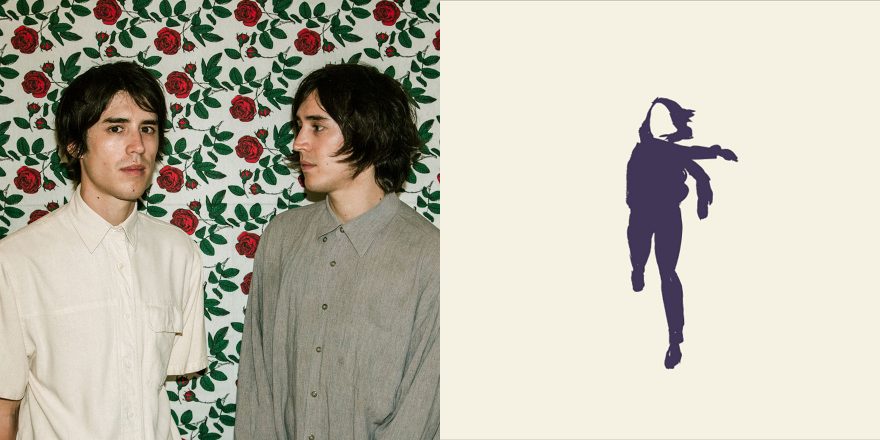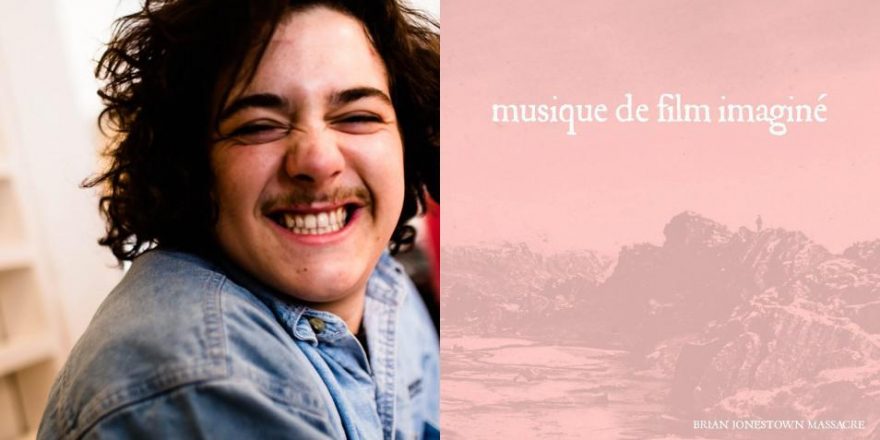Throughout their career, the iconic shoegaze band Ride underwent many changes that challenged critics and fans. Any band that defines an era can be received with mixed emotions if they stray from their associated blueprint, and Ride wasn’t immune to that scrutiny. I was no different—I thought I knew what I wanted from a band that shaped my ideas of what music should be. I wish I spent more time with their catalog outside of their early EPs and Nowhere, but, coming as late to the party as I did, this is where my knowledge of their output dropped off. It wasn’t until years later that I worked through their back catalog, discovering a band that boldly moved forward with every record, maintaining a focus on what I now recognize as more lasting than any stylistic or production techniques: songwriting.
In 2004, I moved to New York from Los Angeles for college. I was overwhelmed by the shift in scenery and apprehensive about how to navigate life away from the comforts of home for the first time. My insecurity extended to music, the focus of my life. There was so much I was completely unexposed to. As exciting as that was, I felt I needed to thoroughly study the past if I was ever to make something original as a songwriter. Allmusic, a music-discovery website, was my saving grace. I spent hours clicking through artists, working decade by decade. I had been aware of a few shoegaze giants through my obsession with Sonic Youth and other noisy ’80s bands, but I didn’t know there was a web of artists who shared those aesthetics. I stumbled upon a description of Ride and held them in high esteem for weeks before even hearing them. They seemed like titans of the genre whose sound spawned many other acts, however amorphous that sound might’ve been to me at the time. Everything I’d imagined was validated when I got my hands on a burned copy of Nowhere, the band’s seminal debut album. Its encapsulation of vulnerability and grandeur resonated profoundly with me.
Simultaneously, I started a shoegaze/dreampop college show called Vapour Trail, named after a Ride song. It featured bands old and new: Shoegaze has come back into fashion at least three times in the past decade. “Nu-gaze” and its every silly blog variant brought the sound to a generation that missed out the first time around (myself included). In the wake of this plethora of new bands, MBV released an album in 2013, Swervedriver released a new record in 2014, Lush reunited and recorded a new EP in 2016, and Jesus and Mary Chain released a new record just this year, as did Slowdive. Their comebacks are a testament to artists who know who they are and what to say as only they know how.
Weather Diaries, Ride’s first record in 21 years, listens more like the band has something new to prove than it does a continuation of where they left off. The arpeggiated synths in “Lannoy Point” are leaps and bounds from their Britpop-tinged records of the mid-’90s. The song showcases that the band is keenly aware of the resurgence of shoegaze and are excited to give something back—the drum and guitar motifs are reminiscent of current bands like Beach Fossils. “Charm Assault” has a Swirlies-esque chorus, but the verses sound modern. The vocals are pushed to the front, foregoing the obscured production that defined their early recordings. A chopped sample introduces “All I Want,” which has an apt chorus: “I can’t be what you want me to be,” which seems to acknowledge their ongoing transformation as a band, regardless of fans’ perceptions of their best-known sound and work.
Where MBV and Slowdive thrive on atmosphere, Ride focuses on individual songs. The title ballad has a guitar line reminiscent of Slint, with eerie OMD-esque vocal pads blanketing the verses. In spite of these elements, the song’s structure is concise. Blasts of scooped guitar interject the outro in post-rock fashion, fading into the ethereal “Rocket Silver Symphony,” which has a beautiful, droning intro that sounds vaguely Ash Ra Temple–inspired. Halfway through, in perhaps the poppiest moment of Weather Diaries, “Rocket Silver Symphony” switches from a snappy, minimal synth/drum machine verse to a grandiose, Oasis-style chorus.
“Lateral Alice” brings back the heavy turbo bass in a more traditional rock style than most of the record, but the spacey guitar solo halfway through reminds us we’re still in the heavens. Prominent acoustic guitars intro “Cali” with a hooky verse and casual chorus of which the Dandy Warhols would be jealous. In a nod to William Basinski, “Integration Tape” acts as an ambient breather, with a crescendo of noise segueing into the meditative “Impermanence,” quite possibly my favorite track on the album. The verse has a timelessness that soars into the chorus with a droning quality that never hits too soft or hard. The record culminates in a piano ballad that could give Thom Yorke a run for his money. A falling bass line and thunderous drums are introduced in an epic build-up over a repeated vocal melody that shifts abruptly to a wistful waltz. Darkness creeps in as the progression falls again into the vocal motif, washed in tremolo-picked guitar noise.
The record ends with the soft, ambient sounds of a street, the sound of a world continuing to spin despite our best efforts to arrest it—a concept Ride understands better than most.







